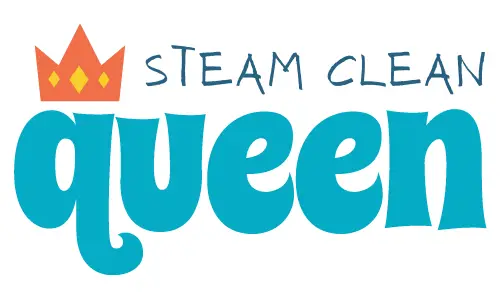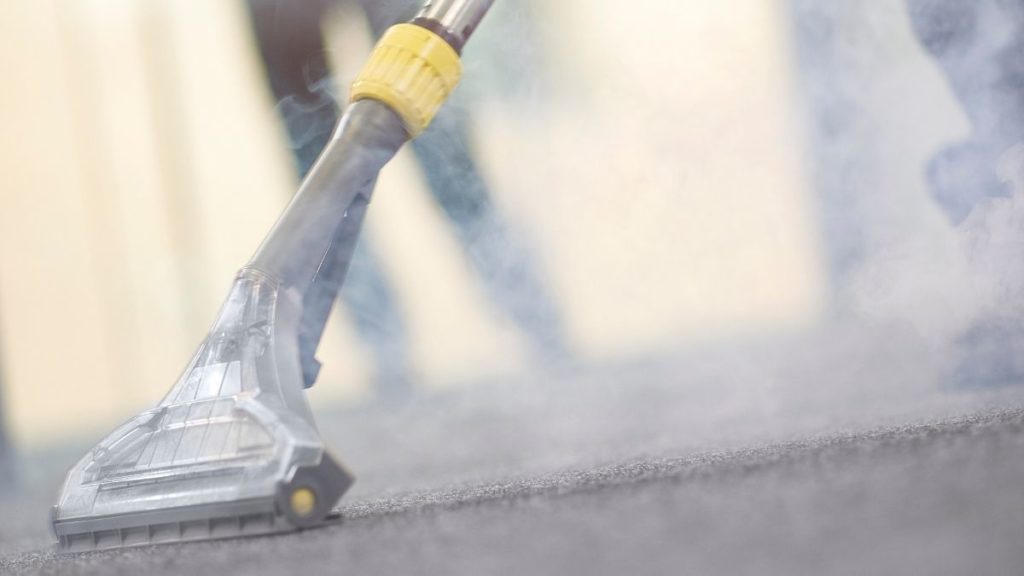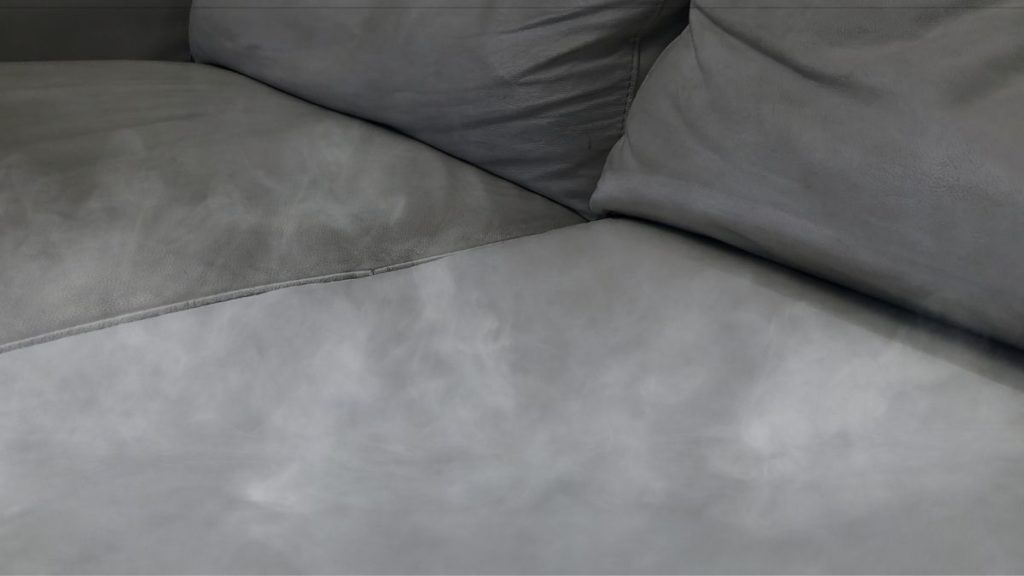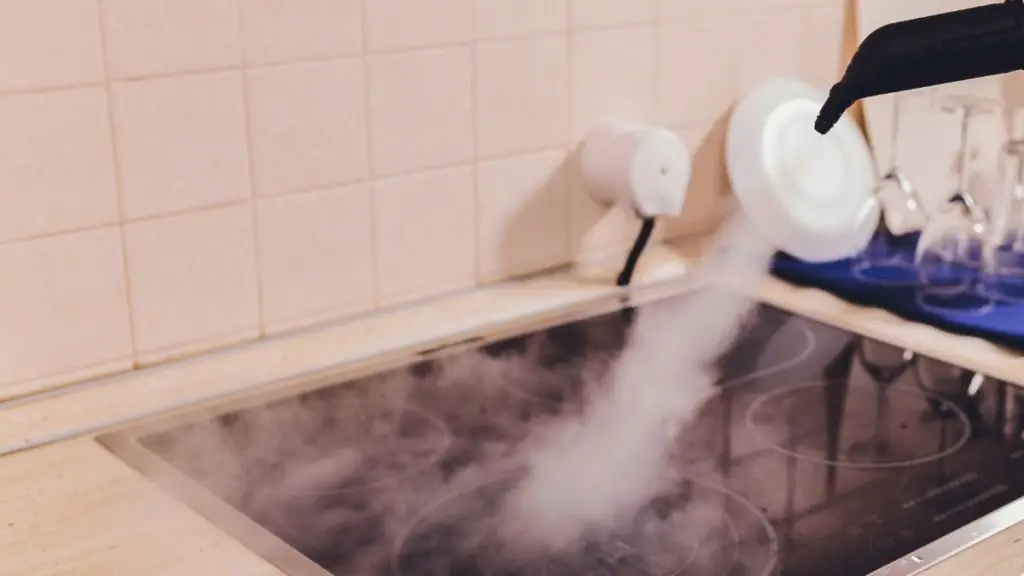Mold and Steam Cleaning: Is it Effective?
When removing mold, not all cleaning options are solutions to your mold problem. Only a handful of cleaning solutions will work effectively against mold growth.
Enter steam cleaning. It’s a popular method dating back to Europe. Using hot steam vapor, can loosen the soil and quickly kill mold, bacteria, and mildew. Interesting, eh – mold and steam cleaning. Is it effective?
With that said, here’s what you can expect from this article:
- What is Steam Cleaning & How Does it Work?
- Benefits of Steam Cleaning
- How Does Steam Clean Mold
- Where Do Steam Cleaners Work Best?
- How to Prevent Mold Growth
- What To Consider Before You Buy a Steam Cleaner
Table of Contents
What is Steam Cleaning?
Steam cleaning is the use of hot water vapor to sanitize surfaces or any areas of your home that contain grime, dirt, bacteria, and mold.
Steam cleaning is different from your traditional cleaning method because it can easily penetrate surfaces and remove the dirt altogether.
For example, for hard-to-clean areas like tile grout and grime, steam cleaning effectively removes the dirt and saves you the time and effort compared to hard-scrubbing your floors with bleach/detergent for hours.
Types of Steam Cleaners
There are three types of steam cleaners:
How Does Steam Cleaning Work?

The basic principle behind steam cleaning is heat—specifically, over 200 degrees Fahrenheit. In fact, some steam cleaners go as high as 325!
Steam cleaners use ordinary water heated to high temperatures, which then becomes vapor.
What makes the mechanism different is that it uses an internal boiler that allows water to boil quickly and achieve high temperatures at 225 degrees.
The vapor molecules that are released penetrate the surface’s pores and, combined with the heat, helps loosen and remove the soil, bacteria, dirt, and grime at the same time.
Now, you’re probably wondering, how exactly do steam cleaners destroy the bacteria and mold? Because of the extreme heat it releases, this quickly kills the bacteria and mold.
Heat is a primary element that helps remove dirt and has been known to soften stains or grime. Of course, using hot water with a towel and your bare hands might sometimes lead to burns.
Essentially, you’ll have a towel or cloth attached to the steam cleaner. As heat is released from the nozzle, the towel or cloth traps the heat rather than allowing it to spread or dissipate.
As a result, this allows you to lift dirt and grime far more efficiently and kill the mold, bacteria, and grime. The best part? It’s chemical-free and dries up quickly.
Benefits of Steam Cleaning
Reduced Costs
The traditional method of cleaning uses bleach, deodorizers, and other cleaning agents throughout your home.
You probably use a specific cleaning agent for a particular area of your home, which summed up, is relatively costly compared if you use a steam cleaner.
Steam cleaners only need water and electricity to run, and quite simply, that’s all you have to pay for. Compared to having to buy bleach and cleaning agents every two weeks, you’ll be able to save on your groceries.
Best for Those Who Suffer From Allergy & Asthma
High-temperature steam can easily kill dust mites, bed bugs, and fleas without needing any pesticides or chemicals.
Carpets, for example, carry high amounts of dirt that cause allergies or asthma. Not all vacuums can penetrate deep enough for complete dirt removal. Over time, this may only worsen and leave deep particles piled up until it becomes harder to clean. Hot steam vapor can tackle this problem far more effectively.

Deep Cleaning
Steam cleaners provide a profound clean effect for many surfaces around your home.
Thanks to the extreme heat, the steam vapor particles can easily penetrate microlayers that would otherwise be difficult to remove for other cleaners.
This is why using steam cleaners are effective tools for mold removal.
Chemical-Free
The downside to using bleach and chemical agents is that these caustic substances may pose health risks over prolonged exposure. These health risks, according to the American Lung Association, include:
- Allergies
- Headaches
- Asthma
- Skin Irritation
- Eye and Throat Irritation
Some chemicals are even potent enough that they can cause burns. Since steam cleaners only use water and heat, this creates a safer environment without any health risks.
Versatile
Back then, you could only use steam cleaning for wood flooring. Thanks to advancements in technology, these cleaners are much more versatile, allowing you to clean many surfaces such as:
- Carpets
- Upholstery
- Countertops
- Handrails
- Mirrors
- Bathrooms
- Tile floors and granite surfaces
- Windows
- Rugs
Generally, you can use steam cleaning for nearly every type of surface and area at home. Since it only uses water, you also don’t have to worry about streaks or smudges that chemical agents tend to leave after cleaning.
Mold and Steam Cleaning – How Does Steam Clean Mold?
Let’s make one thing clear: Bleach does not remove mold.
Apart from the harmful health risks that bleach may cause, the most that bleach will do is bleach the mold white, allowing the mold to blend with your tile grout and caulk.
So how does steam vapor aid in mold removal?
First, once the heat is released from the nozzle, the steam vapor particles penetrate the pores of the surface. Take note that these particles are extremely hot, which kills the mold in the process.
In addition, you also have a brush attachment to aid in mold removal. The brush’s bristles can easily reach cracks or hard to reach places and remove any dirt and mold from it.
Finally, the hot water that turns to steam vapor is why it can also penetrate through and deep clean the pores on a surface.
Where Do Steam Cleaners Work Best?
Steam cleaners work best for almost any surface at home. Virtually speaking, there’s hardly any surface it can’t clean.

That said, here is a list of surfaces you can use as a guide:
Bathrooms
- Tile Grout
- Ceramic Tiles
- Quarry slate
- Porcelain fixtures
- Shower doors and stalls
Ceilings, Walls, Floors
- Painted or paneled walls and ceilings
- Acoustic tile walls and ceilings
- Ceiling vents
- Sealed hardwood floors
- Upholstery (Leather and cotton)
- Carpets
- Rugs
- Concrete floors
- Wall-to-wall carpets
Windows
- Window screens and frames
- Blinds (Vertical, Venetian, Levelor, and Horizontal)
Kitchen
- Faucets, drains, and sinks
- Countertop
- Cabinets
- Stovetops
- Oven
- Vinyl tiles or floors lined with linoleum
While steam cleaners may be able to clean an extensive list of surfaces, there are several surfaces you should keep them away from such as:
- Porous surfaces (brick & marble)
- Silk and thin plastic
- Unsealed floors
- Laminated floors
- Unglazed tiles
- Cardboard
- Water-based paint
- Cold windows
How to Prevent Mold Growth
Aside from using steam cleaners to stop and remove mold in your home, you can also use many options to aid in the removal process.

Here are five ways you may use to prevent mold from growing in your home:
- Dry any wet material in your home quickly. It only takes two days for the mold to grow, so be sure to dry any materials or items thoroughly before storing them.
- Check for any leaks, old pipes, and water leaks in your roof and walls. If you notice any of these leaks, be sure to have these repaired right away. Mold can easily grow in old pipes and especially when there are water leaks.
- Control the moisture and humidity levels in your home. Ideally, you should keep it below 60 percent. Humidity levels above 60 percent result in excess moisture, which promotes mold. Go for a dehumidification system, preferably with a built-in fan cycling feature, and can remove 90 pints of moisture.
- Regularly check your basement’s ventilation. Placing a thermal plane, foundation drain, and dehumidifier will help improve the airflow.
- Improve the airflow around your home by opening your windows and closet doors more often. You can also move furniture away from walls once or twice a month as this may aid in providing better ventilation for tight or confined spaces.
What to Consider Before You Buy a Steam Cleaner
Size
Size matters because it’s very much related to how efficient you can clean your home or living space.
If you live in a small area or apartment, a steam cleaner may be great, but it might also be bulky to have in your living space. Instead, a steam mop should do more than enough to remove mold.
Steam mops are also lightweight, so you don’t have to worry about moving them around. For larger spaces, a canister type should serve you well.
These can hold up to 2 liters of hot water, and combined with their long run time, this should allow you to clean the entire area efficiently.
Warm-Up Time
Some cleaners will heat water up to under a minute, and some will heat for up to 5 minutes. This usually comes down to personal preference, but a quicker heating period does have its perks of adding convenience when cleaning.
Tank Size
Much similar to considering the size of your cleaner, tank size is slightly different. Many models offer a larger tank capacity; however, there are also tanks with a backup reserve or extra tank.
This saves you the hassle of always needing to refill and reheat your cleaner while also extending your cleaning run time.

Heat Capacity
Higher temperatures lead to far more effective cleaning mold; however, this may also place more risk in damaging the surface due to the extreme heat.
Hot water within a range of 200 to 225 degrees should be more than sufficient; however, higher temperatures might be necessary for surfaces where grime, dirt, or mold have stuck to over prolonged durations.
Maintenance
Any piece of equipment requires proper maintenance. In the case of steam cleaners, areas with hard tap water may have to use 50% tap and 50% distilled.
The problem with tap water is it affects the overall cleaning performance because of the mineral deposits. If you choose steam mops, this may require more maintenance, depending on the manufacturer’s instructions.
The reason is that steam mops require removing water right after sanitizing the area and letting the tank dry.
Some will also have water filters that may lead to additional costs due to changing the filter every 2 to 3 months.
On the other hand, larger steam cleaners are usually more durable, have more longevity, and require draining the water tank every 2 to 4 weeks.
All in all, different steam cleaners will require separate maintenance, and for those with a higher price bracket, maintenance will most likely be less compared to cleaners in a lower price bracket.
This depends on whether you’re willing to spend more for reduced maintenance costs or spend less for additional maintenance costs long-term.
Price
Last but not least, this depends on your budget and how much you’re willing to pay for.
A more expensive cleaner will provide you with more features, accessories, longer product life, and better warranty.
Now, this is really personal preference. Many people like to find a balance between expensive and cheap.
This isn’t a bad solution to go for, but if a mid-price range cleaner is only $50 to $70 shy from the premium bracket, you might as well spend a little more to get the best results and money’s worth.
Final Thoughts

Apart from using steam cleaners, we recommend pairing this with a Mold Solution spray to achieve the best results in removing mold from your home.
Be sure to take the necessary steps as well to prevent mold from growing and becoming worse off in the long run.






One Comment
Comments are closed.